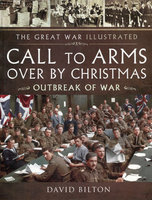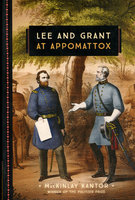New, Quality Gift Books - 50-90% off - over 2500 titles
Your basket is empty.
Categories War & Militaria FIX BAYONETS!
FIX BAYONETS!
Book number: 91866
Product format: Hardback
In stock
Bibliophile price
£6.00
Published price
£19.99
Customers who bought this product also bought
|
AN EXTRAORDINARY ITALIAN IMPRISONMENT
Book number: 91858
Product format: Hardback
Bibliophile price
£7.50
Published price
£25
|
IMAGES OF WAR: THE BEF IN 1917
Book number: 92646
Product format: Paperback
Bibliophile price
£3.50
Published price
£14.99
|
CAPTAIN CUTTLE'S MAILBAG
Book number: 92652
Product format: Hardback
Bibliophile price
£2.75
Published price
£16.99
|
|
CALL TO ARMS - Over by Christmas
Book number: 92954
Product format: Paperback
Bibliophile price
£3.00
Published price
£14.99
|
LEE AND GRANT AT APPOMATTOX
Book number: 92967
Product format: Paperback
Bibliophile price
£4.50
Published price
£8.99
|
TO BREAK RUSSIA'S CHAINS
Book number: 92737
Product format: Hardback
Bibliophile price
£5.50
Published price
£22
|
Browse these categories as well: War & Militaria, Collectables/Antiques







